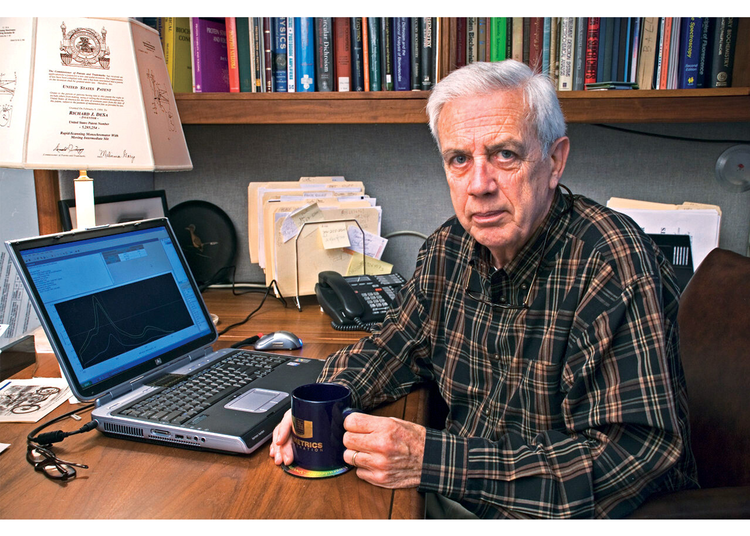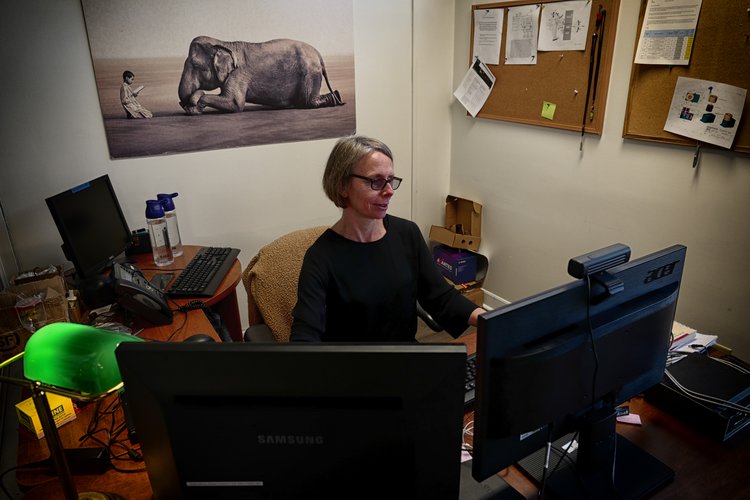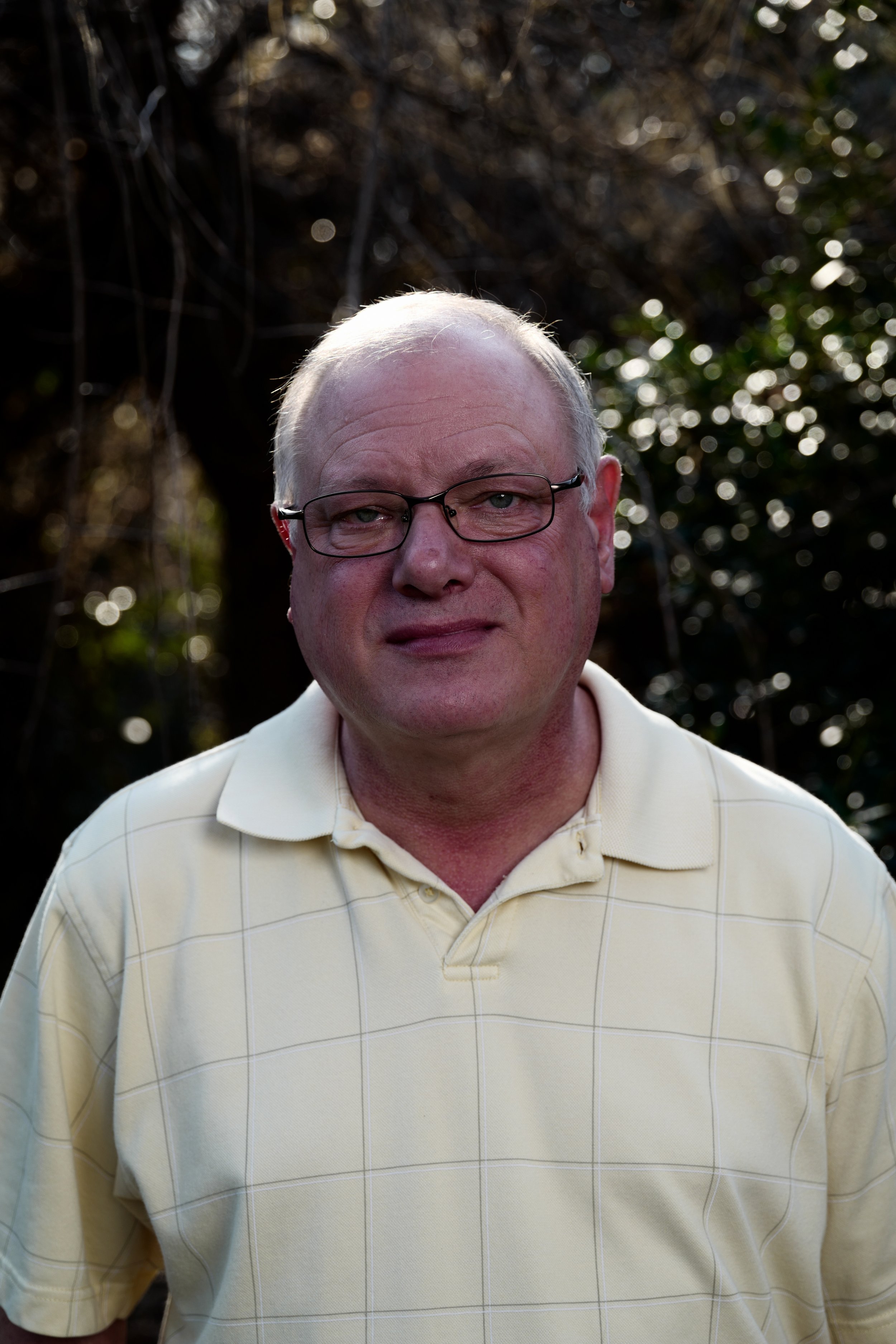Facts About Circularly Polarized Luminescence Uncovered
Facts About Circularly Polarized Luminescence Uncovered
Blog Article
10 Simple Techniques For Spectrophotometers
Table of ContentsThe 4-Minute Rule for Circular DichroismThe Single Strategy To Use For Uv/vis/nirThe Facts About Uv/vis/nir UncoveredNot known Details About Uv/vis/nir The Definitive Guide for Spectrophotometers

Although spectrophotometry is most commonly used to ultraviolet, visible, and infrared radiation, contemporary spectrophotometers can interrogate wide swaths of the electro-magnetic spectrum, consisting of x-ray, ultraviolet, visible, infrared, and/or microwave wavelengths. Spectrophotometry is a tool that depends upon the quantitative analysis of particles depending upon how much light is taken in by colored compounds.
Unknown Facts About Uv/vis
A spectrophotometer is commonly utilized for the measurement of transmittance or reflectance of solutions, transparent or nontransparent solids, such as sleek glass, or gases. Although numerous biochemicals are colored, as in, they soak up noticeable light and therefore can be determined by colorimetric treatments, even colorless biochemicals can often be converted to colored substances appropriate for chromogenic color-forming responses to yield compounds suitable for colorimetric analysis.: 65 However, they can likewise be developed to measure the diffusivity on any of the noted light ranges that typically cover around 2002500 nm utilizing various controls and calibrations.
An example of an experiment in which spectrophotometry is used is the decision of the stability constant of an option. A certain chemical response within a service may occur in a forward and reverse direction, where reactants form items and items break down into reactants. At some point, this chemical response will reach a point of balance called a balance point.
The smart Trick of Circularly Polarized Luminescence That Nobody is Talking About
The quantity of light that passes through the service is indicative of the concentration of particular chemicals that do not enable light to go through. The absorption of light is due to the interaction of light with the electronic and vibrational modes of molecules. Each kind of molecule has an individual set of energy levels associated with the makeup of its chemical bonds and nuclei and therefore will absorb light of particular wavelengths, or energies, leading to distinct spectral homes.
Using spectrophotometers spans different clinical fields, such as physics, materials science, chemistry, biochemistry. UV/Vis, chemical engineering, and molecular biology. They are commonly utilized in many markets consisting of semiconductors, laser and optical production, printing and forensic assessment, as well as in laboratories for the study of chemical compounds. Spectrophotometry is typically utilized in measurements of enzyme activities, decisions of protein concentrations, decisions of enzymatic kinetic constants, and measurements of ligand binding reactions.: 65 Eventually, a spectrophotometer is able to identify, depending on the control or calibration, what compounds are present in a target and precisely how much through estimations of Learn More observed wavelengths.
Developed by Arnold O. Beckman in 1940 [], the spectrophotometer was developed with the aid of his colleagues at his business National Technical Laboratories founded in 1935 which would end up being Beckman Instrument Business and eventually Beckman Coulter. This would come as an option to the formerly produced spectrophotometers which were not able to absorb the ultraviolet correctly.
The 30-Second Trick For Uv/vis/nir
It would be found that this did not offer satisfying outcomes, therefore in Design B, there was a shift from a glass to a quartz prism which permitted better absorbance outcomes - UV/Vis/NIR (https://pxhere.com/en/photographer/4182440). From there, Model C was born with an adjustment to the wavelength resolution which wound up having 3 units of it produced
It irradiates the sample with polychromatic light which the sample soaks up depending on its properties. It is transmitted back by grating the photodiode array which discovers the wavelength region of the spectrum. Ever since, the development and application of spectrophotometry devices has actually increased profoundly and has actually turned into one of the most innovative instruments of our time.

See This Report about Circularly Polarized Luminescence
The grating can either be movable or fixed.
In such systems, the grating is repaired and the strength of each wavelength of light is determined by a various detector in the variety. Furthermore, most modern-day mid-infrared spectrophotometers use a Fourier transform method to acquire the spectral details - https://www.wattpad.com/user/olisclarity1. This strategy is called Fourier change infrared spectroscopy. When making transmission measurements, the spectrophotometer quantitatively compares the portion of light that travels through a reference option and a test service, then electronically compares the intensities of the two signals and computes the portion of transmission of the sample compared to the referral standard.

Report this page